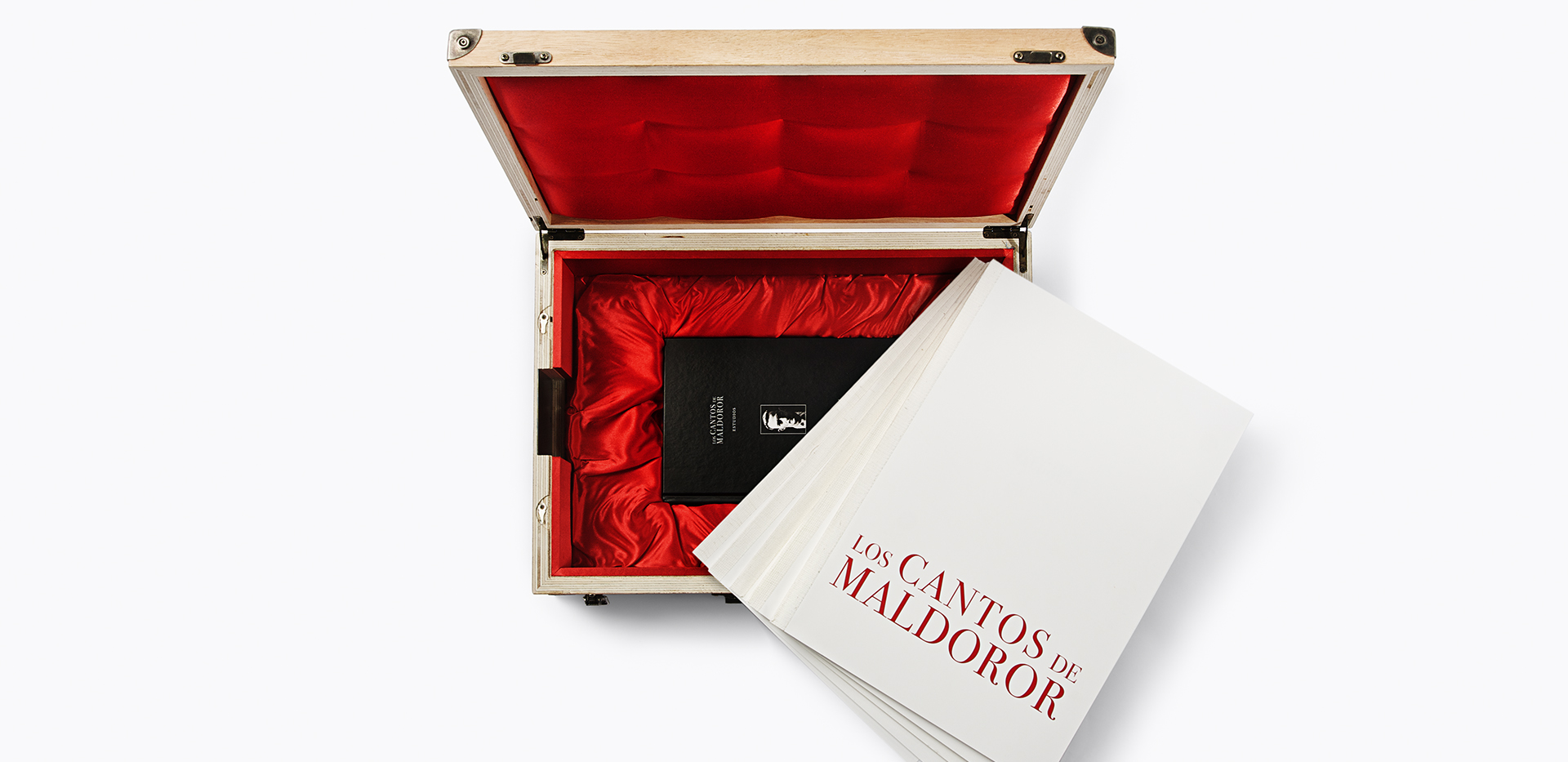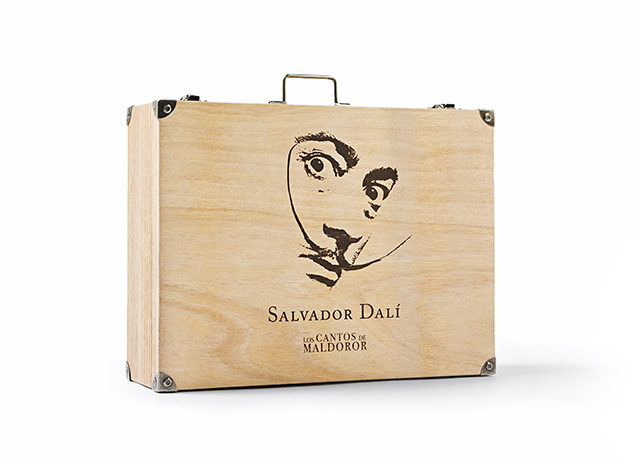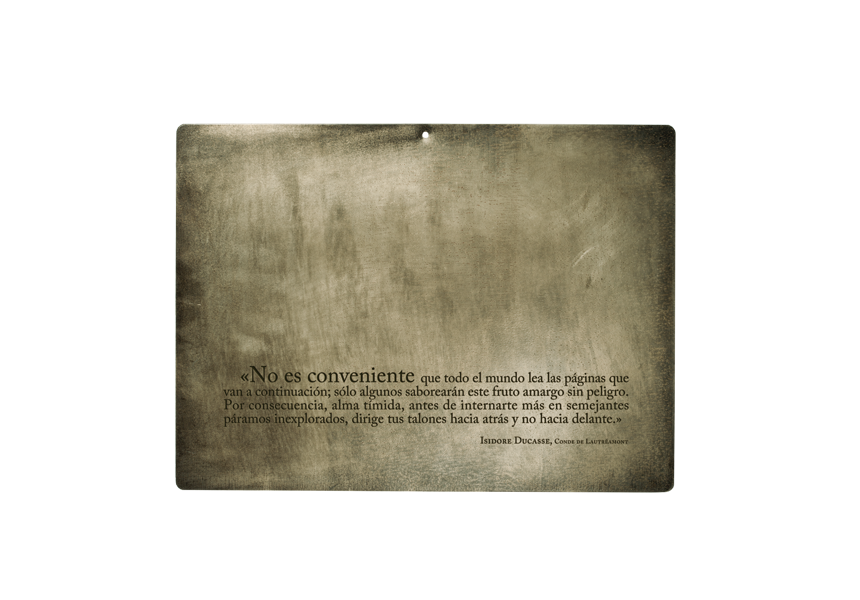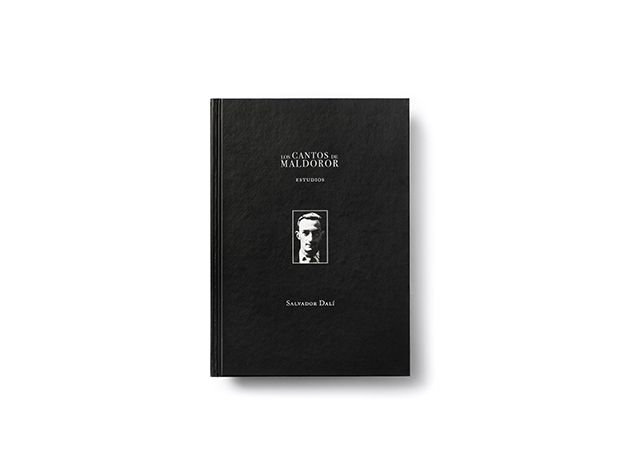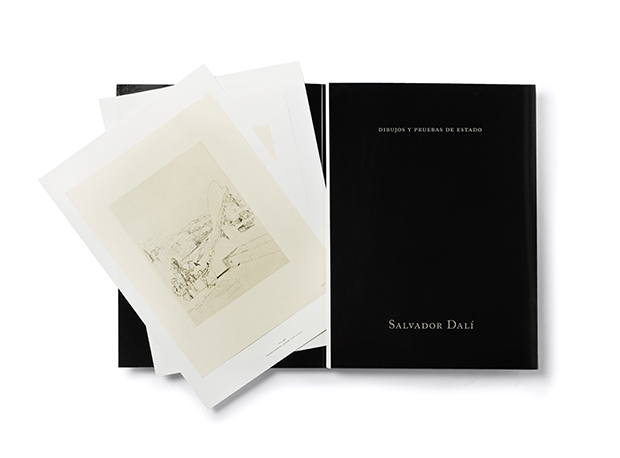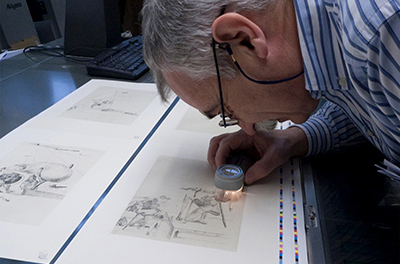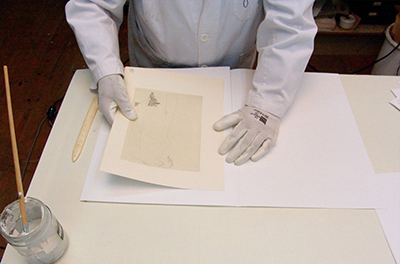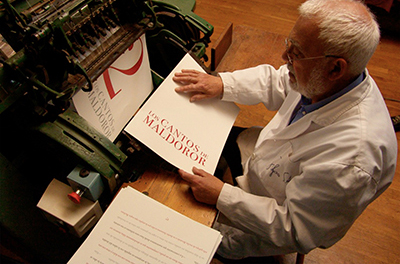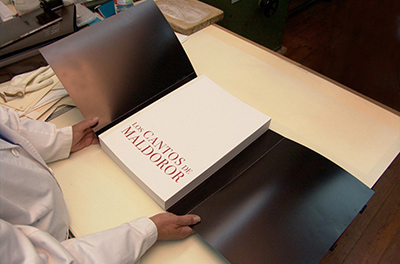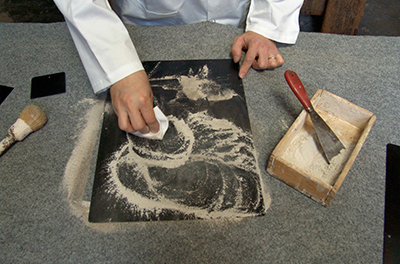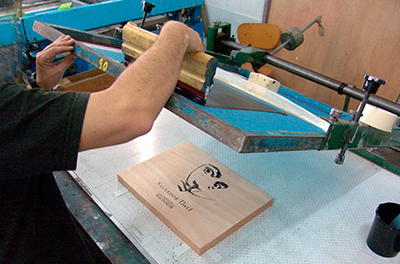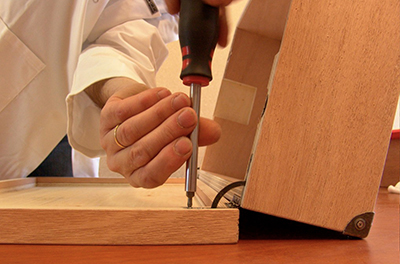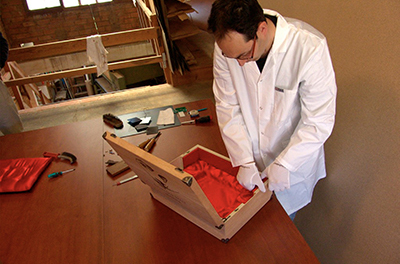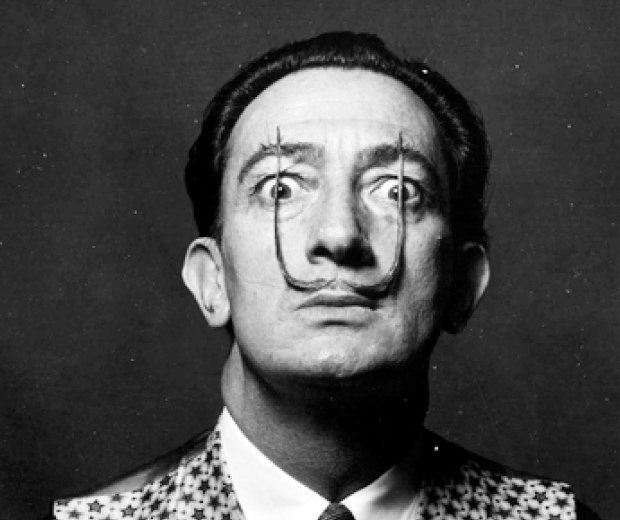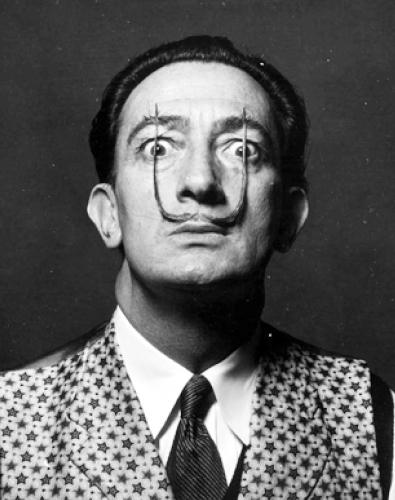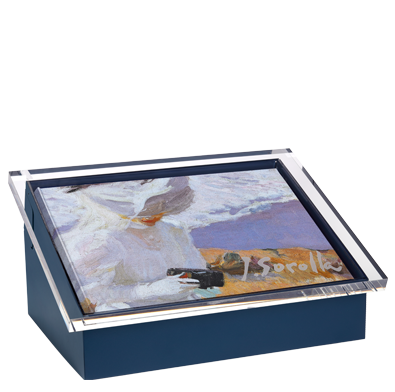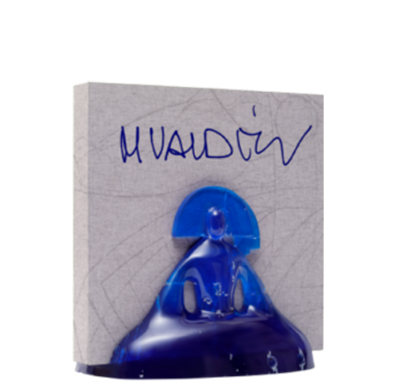Los seis cuadernos que forman Los cantos de Maldodor, ilustrados por las pinceladas de Dalí. Una edición única, de lujo, limitada y numerada.
Un libro de artista para disfrutar, con las pinceladas que Salvador Dalí realizó para ilustrar Los Cantos de Maldoror del conde de Lautréamont, obra esencial que se convirtió en el estandarte del movimiento vanguardista del surrealismo. La prosa poética de los Cantos respira un mundo imaginario, onírico, que sirve a Dalí para incorporar algunos de sus iconos y figuras más característicos, que repetirá en sus obras futuras.
ARTIKA, en coedición con la Fundación Gala-Salvador Dalí, presenta una joya inimitable, numerada y limitada de 2.998 ejemplares.
La entrada al mundo daliniano viene marcada por un impresionante estuche en madera de haya, que evoca las antiguas maletas de viaje, homenaje a los dos genios protagonistas de esta obra, viajeros durante toda su vida. Su interior en seda roja recoge todos los elementos, protegidos por una placa de hierro oxidada por el tiempo, que nos anuncia el comienzo a un viaje al surrealismo.
En seis espectaculares cuadernos, uno para cada Canto, se distribuyen la reproducción de las 42 ilustraciones de Dalí. Con un guiño al surrealismo, en un ejercicio laberíntico, el texto sigue un juego de colores en líneas infinitas.
El libro de Estudios, indispensable para comprender el mundo daliniano y su entorno, responde a las preguntas inquietantes que plantea la obra de la mano de especialistas de cada área.
Y como colofón final, la obra se acompaña de una carpeta que contiene, publicados por primera vez, la reproducción facsimilar de 11 dibujos preparatorios y cuatro pruebas de estado de uno de los grabados para contemplar el cuidado proceso seguido por el artista.
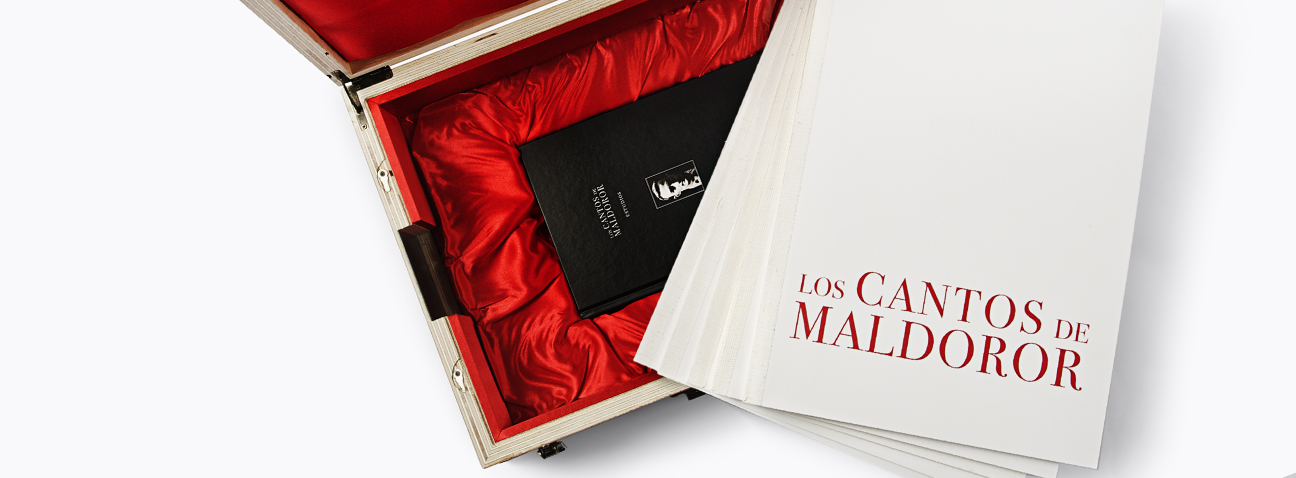
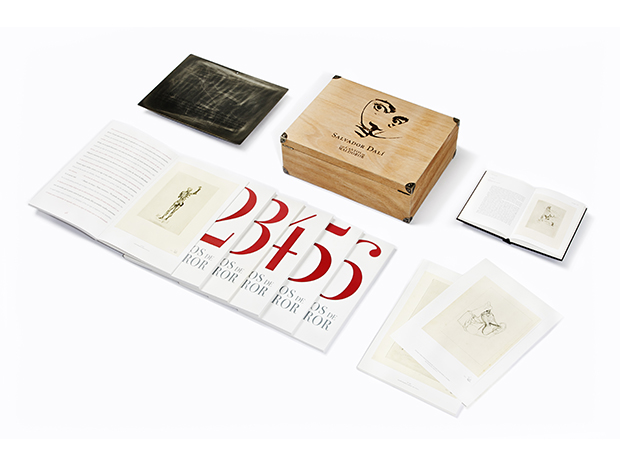
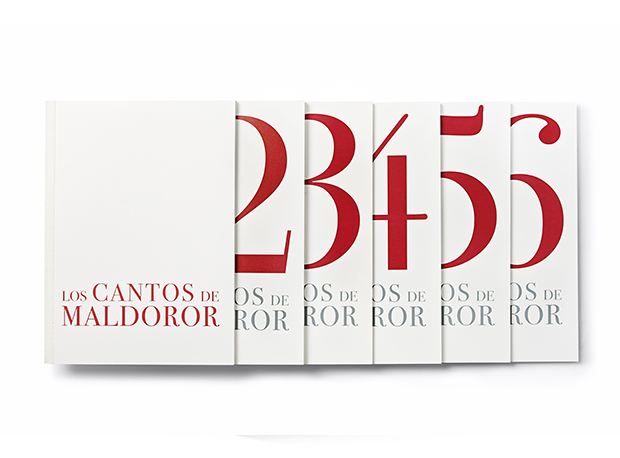
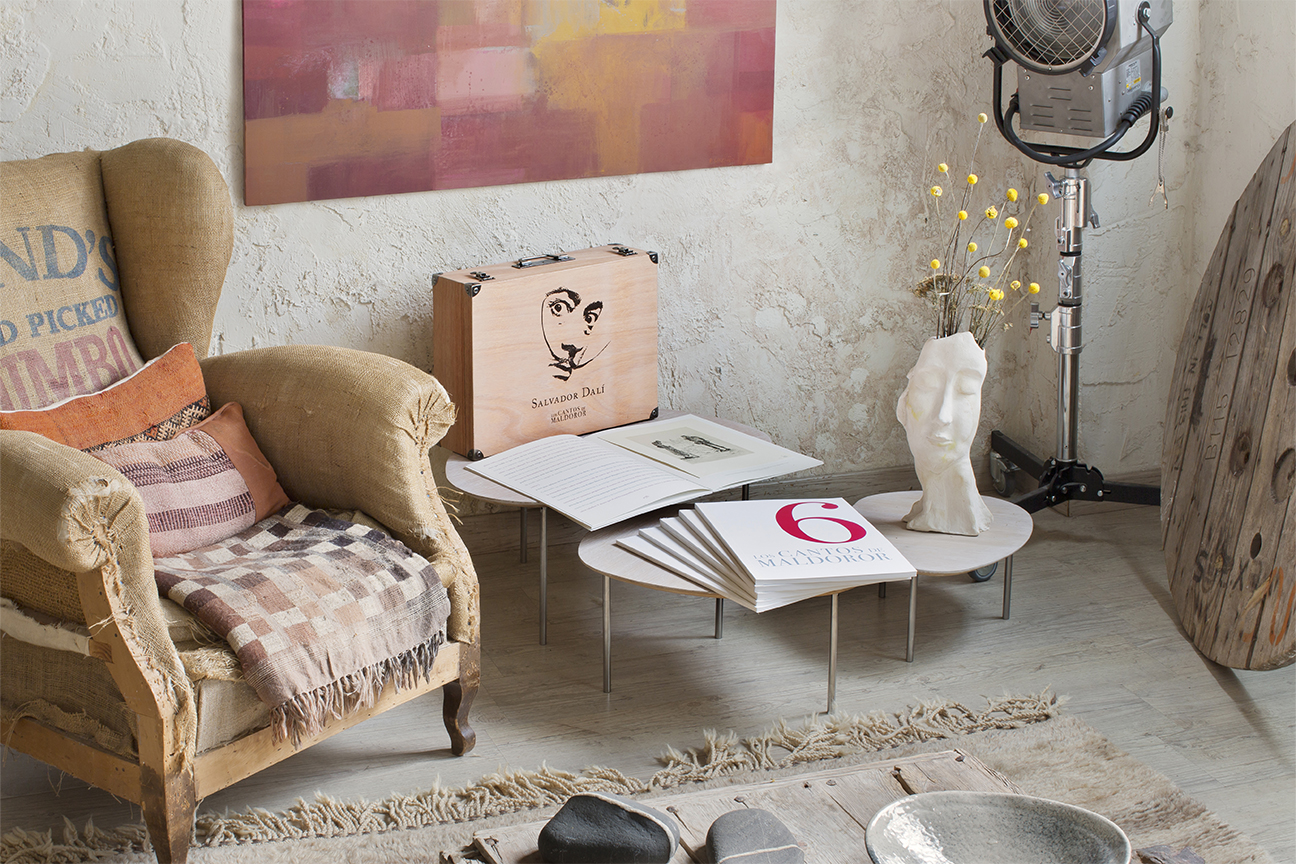
ESPECIFICACIONES TÉCNICAS
ESTUCHE MALETA
- Caja de madera de haya realizada y envejecida a mano
- Dibujo de Salvador Dalí serigrafiado en la tapa
- Cantoneras, cierres y asas de hierro envejecido a mano
- Interior de la tapa con acolchado capitoné y nido interior forrado en seda roja brillante
- Formato: 46,8 x 35,3 x 14,3 cm
- Peso total de la obra: 15 kg
PLACA METÁLICA
- Placa de hierro macizo, tratado con óxido, pulida de forma manual con polvo de piedra pómez
- Al pie de la placa, serigrafiada una cita del Conde de Lautréamont, procedente del Canto Primero
LIBRO DE ARTE
- 6 cuadernos independientes con un total de 360 páginas
- Encuadernación cosida y forrada a mano con gasa natural
- Reproducción facsimilar de las 30 estampas de Dalí, impresas a 5 tintas, y de los 12 grabados que ilustran la apertura y el cierre de cada uno de los Cantos
- Formato: 29 x 41 cm
LIBRO DE ESTUDIO
- Encuadernado en cartoné con lomo recto
- Impresión a 5 tintas
- Formato capiculado -dos libros en uno con dos portadas, por lo que se puede leer en los dos sentidos-
- Número de páginas: 296
- Formato: 16,5 x 23 cm
CARPETA DE DIBUJOS PREPARATORIOS Y PRUEBAS DE ESTADO
- Carpeta de cartulina negra plastificada brillante
- Reproducción facsimilar de los 11 dibujos preparatorios y 4 pruebas de estado
- Impresión a 5 tintas
- Formato: 29 x 41 cm
PROCESO DE PRODUCCIÓN
OTRAS COLECCIONES
SOLICITAR INFORMACIÓN
Te informaremos sobre las obras y novedades de ARTIKA.
